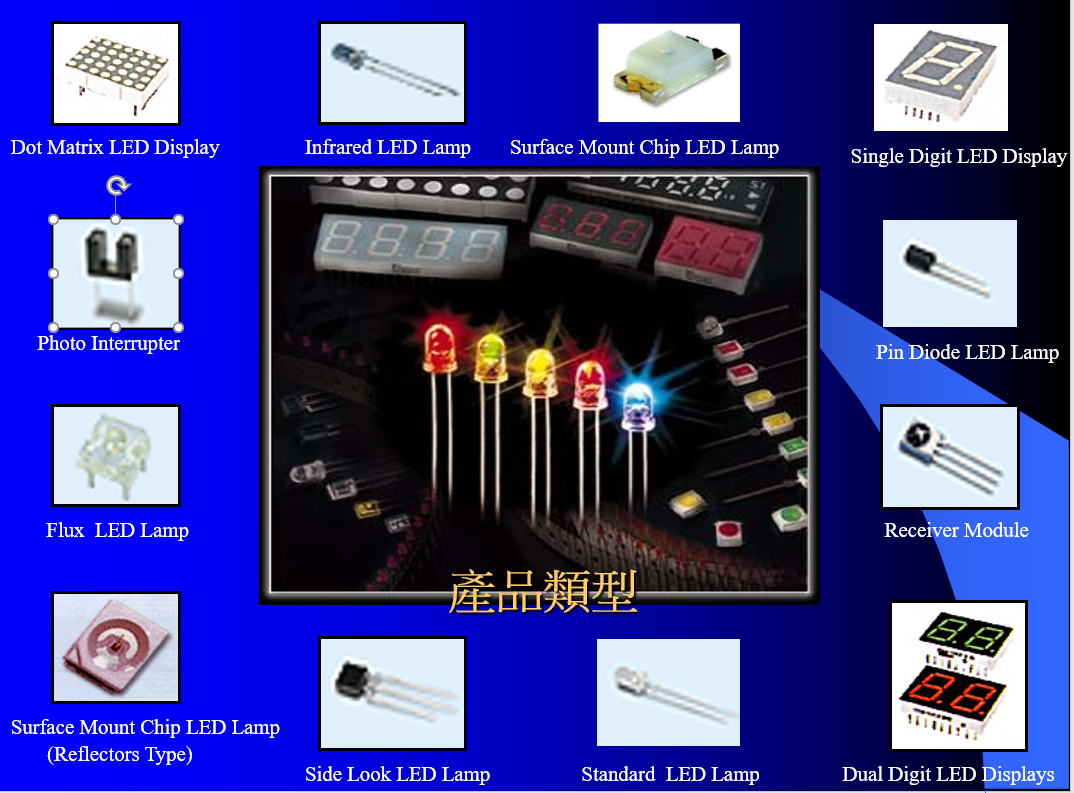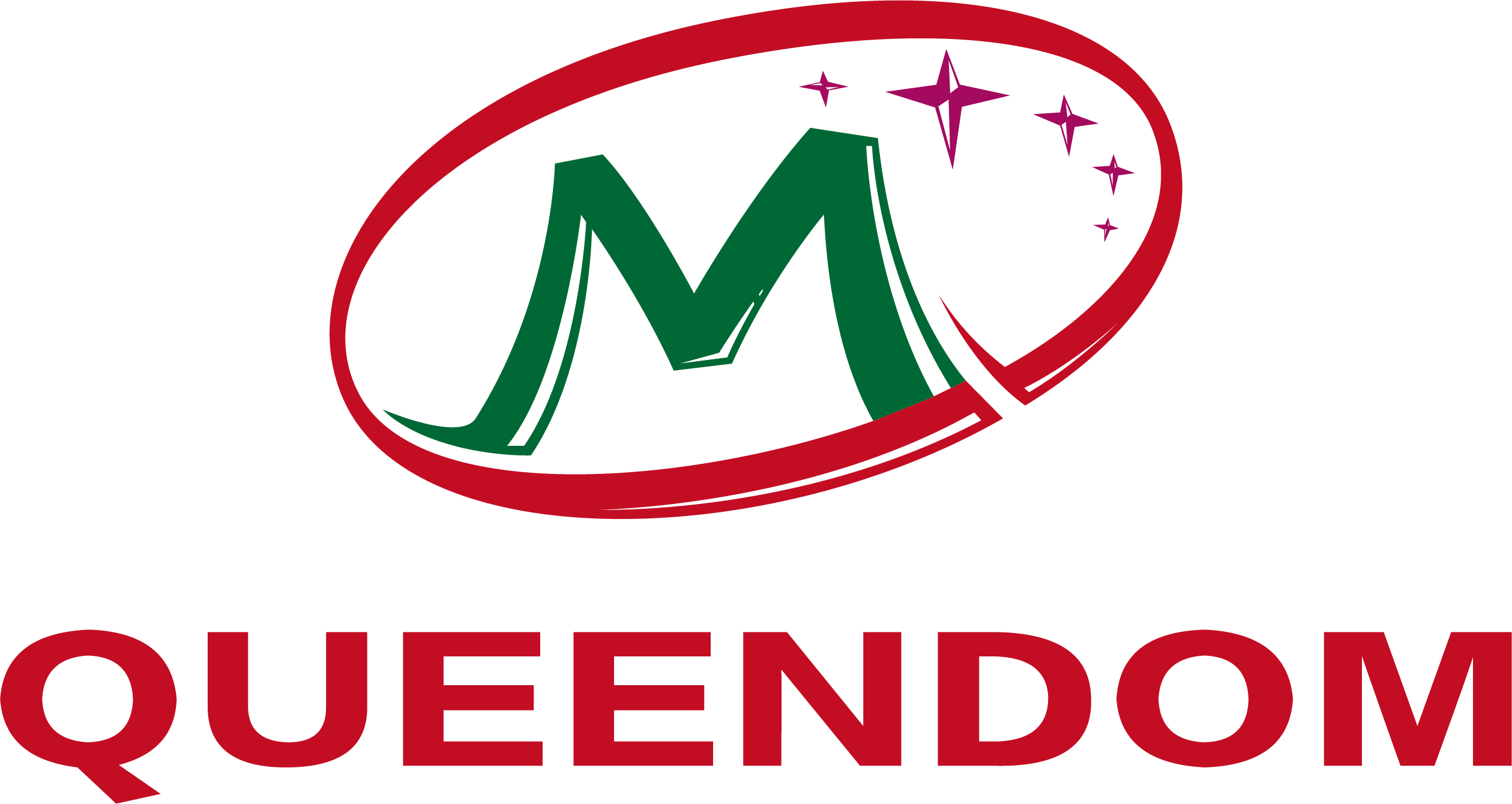1. LED lights are divided according to the color of the light-emitting tube
tioned light-emitting diodes of various colors can also be divided into four types: colored and transparent, colorless and transparent, colored scattering and colorless scattering. Scattered light-emitting diodes and Dayu are used as indicator lights. 2. LED lights are classified according to the characteristics of the light-emitting surface of the light-emitting tube
According to the characteristics of the light-emitting surface of the light-emitting tube, it can be divided into round light, square light, rectangular light, surface light-emitting tube, lateral tube, micro-tube for surface installation, etc. Circular lights are divided into φ2mm, φ4.4mm, φ5mm, φ8mm, φ10mm and φ20mm according to their diameters. In foreign countries, light-emitting diodes with φ3mm are usually recorded as T-1; those with φ5mm are recorded as T-1 (3/4);
The angular distribution of circular luminous intensity can be estimated from the half-value angle. From the luminous intensity angle distribution map, there are three categories:
1) High directivity: Generally, it is a pointed epoxy package, or a metal reflective cavity package, and no scattering agent is added. The half-value angle is 5°~20° or less, with high directivity, which can be used as a local illumination light source, or combined with a light detector to form an automatic detection system;
2) Standard type: usually used as an indicator light, its half-value angle is 20°~45°;
3) Scattering type: This is an indicator light with a larger viewing angle, the half-value angle is 45°~90° or more, and the amount of scattering agent is larger.
3. According to the structure of light-emitting diodes
According to the structure of light emitting diode, it can be divided into full epoxy encapsulation, metal base epoxy encapsulation, ceramic base epoxy encapsulation and glass encapsulation.
4. According to luminous intensity and working current
According to the luminous intensity and working current, there are ordinary brightness LEDs (luminous intensity 100mcd); the luminous intensity between 10 and 100mcd is called high-brightness LED light-emitting diodes. Generally, the working current of LED is in the range of tens of mA to tens of mA, while the working current of low-current LED is below 2 mA (the brightness is the same as that of ordinary light-emitting tubes).
In addition to the above classification methods, there are methods of classification by chip material and classification by function.
As LEDs entered and exited the business in the 1960s, after decades of development, many types of LEDs have been developed. The main categories are:
1) LED (Light emitting diode): We call it LAMP LED product, some call it P2 product, and some call it plug-in LED, no matter what, as long as it is in-line, it is classified as one. There are many types of LEDs:
According to the shape of the colloid: 3mm, 4mm, 5mm, 8mm, 10mm, 12mm, square, oval, tombstone, and some special shapes, etc.;
According to colloid color: colorless and transparent, colored and transparent, colored scattering, colorless scattering, etc.;
By color: red, orange, yellow, green yellow, green, blue green, blue, pink, ultraviolet (uv), white (white), infrared, etc.;
2) SMD (Suface mountdevice): Surface mount diodes or surface mount components are his names, and there are many categories in this:
According to shape and size: 0603, 0805, 1210, 5060, 1010, etc. Generally, smd is diamond-shaped, so its name is based on the size of length * width. The industry uses inches, not millimeters. There are also millimeters called, not as good as 1608 (1.6*0.8mm) and so on.
The type of luminous color and colloid is the same as that of LED products, but the shape of the product has changed a lot.
3) Piranha (Flux led): This is because the luminous efficiency of LED can not meet the requirements of automobile use, so this product was developed. It is a low-power product. Its driving current is generally 50MA, 20MA for general LEDs, and the highest current It can reach 70mA, because its heat dissipation is better, and it is generally used in the rear taillights of automobiles.
4) High power (power led): LED products for existing lighting, which are classified as follows:
① According to the power: 1w, 3w, 5w, etc.;
② According to the top light-emitting lens: flat head, spotlight, wine glass shape, etc.;
③ According to the process, there are also aluminum substrates and anti-luminous ones.
5) Digital tube (Display): It was first used for display and digital display.
According to the shape: 1, 2, 3, 4, etc.;
Surface color: gray-faced black glue, black-faced white glue, etc.;
Polarity: common negative, common positive;
Colors can also be made in many types like LEDs.

6) Dot Matrix (LEDDot Matrix): This product is similar to the digital tube, and it is used for information display. The spacing and the diameter of the holes are changed for different products. Now they are generally divided into 5*7 and 8*8, and their colors are single-color, two-color, three-color and so on.
① According to the color: single red, single green, double primary color, three primary color, etc.;
② According to the diameter of the hole: Φ2.0, Φ3.0, Φ3.75, Φ5.0, etc.;
③ According to points: 5*7, 8*8, 16*16, etc.;
④ There are some other products: such as pixel tube (cluster), measuring light source (LED Side Light Source), infrared receiving and transmitting products (Infrared & PhotoDiode) and so on.
 English
English china
china German
German Spanish
Spanish French
French Italian
Italian Portuguese
Portuguese Japanese
Japanese Korean
Korean Arabic
Arabic Russian
Russian
 Mobile Site
Mobile Site
 +86-0769-81305858
+86-0769-81305858